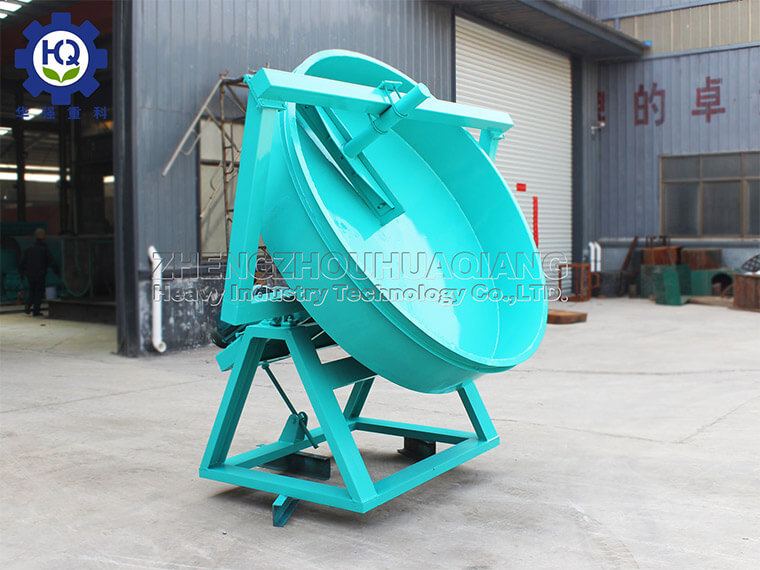Before purchasing organic fertilizer equipment, it is necessary to fully understand personal needs. In order to give everyone a more detailed and in-depth understanding of the selection of organic fertilizer equipment, the characteristics of organic fertilizer equipment should be analyzed in detail from several factors to be considered in the selection of organic fertilizer equipment. Popularization of professional knowledge about organic fertilizer equipment can help you clear knowledge blind spots and purchase and choose organic fertilizer equipment more rationally.
1. Determine the size of organic fertilizer equipment, such as the annual production of tens of thousands of tons or the hourly production of tons, in order to determine the price.
2. Determine the shape of the particles: whether they are powdery, columnar, oblate, or standard circular. The commonly used equipment for granulating organic fertilizers includes: disc granulator, drum granulator, wet granulator, roller extrusion granulator, flat mold granulator, and ring film granulator. The selection of granulators should be determined based on the local fertilizer sales market. The particle shape is different, the process of organic fertilizer equipment is also different, and the price of organic fertilizer equipment is also different.
3. Determine the configuration level of organic fertilizer equipment: The configuration level is different, the price of organic fertilizer equipment is different, the amount of labor used is different, and the stable and high yield of organic fertilizer equipment is also different. Generally, some higher configurations need to be added, such as automatic batching device, automatic packaging device, automatic quantitative feeding device, cyclone dust removal and water dust removal.
4. Determine the type of fertilizer production: whether it is a compound fertilizer organic fertilizer equipment or an organic fertilizer organic fertilizer equipment. For the same yield, organic fertilizer organic fertilizer equipment generally considers high moisture content and the strain is not resistant to high temperatures, and the model is generally larger than the compound fertilizer model. There are four types of general organic fertilizers: pure organic fertilizer, organic-inorganic compound fertilizer, bio organic fertilizer, and composite microbial fertilizer. The types of organic fertilizers vary, and the equipment for organic fertilizers also varies slightly.
5. Selection of fermentation tipping machine: The general fermentation forms include stack fermentation, shallow tank fermentation, deep tank fermentation, tower fermentation, and rotary drum fermentation. The fermentation methods and equipment for organic fertilizer fermentation are different. Generally, using a shallow slot stacker is more suitable for the principle of aerobic fermentation (the advantage of a shallow slot stacker is that it is more in line with the principle of aerobic fermentation, less prone to anaerobic formation, full and complete fermentation, and fast fermentation speed).
6. Determine the level of environmental protection requirements: In areas with low environmental requirements, heavy dust removal is generally recommended, and investment in organic fertilizer equipment is relatively low; Places with high environmental requirements generally choose heavy dust removal and ink dust removal to meet the national air emission quality standards.
Small organic fertilizer complete sets of equipment mainly focus on processing powdery organic fertilizers. Powdery organic fertilizers are currently a mainstream product in the market, which are rich in nutrients such as nitrogen, phosphorus, and potassium, and can provide sufficient nutrients for growing crops. The powdery organic fertilizers produced by this equipment meet national standards and have strong competitiveness in the market.